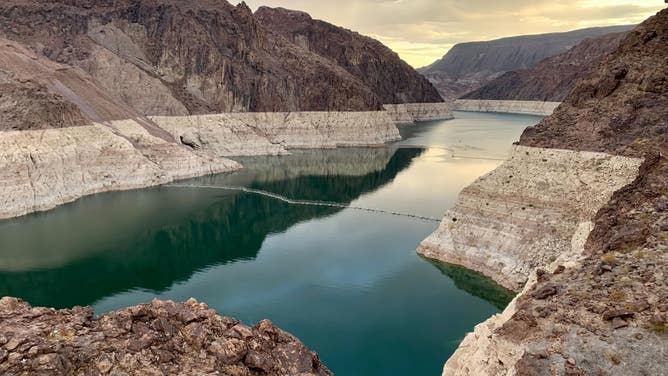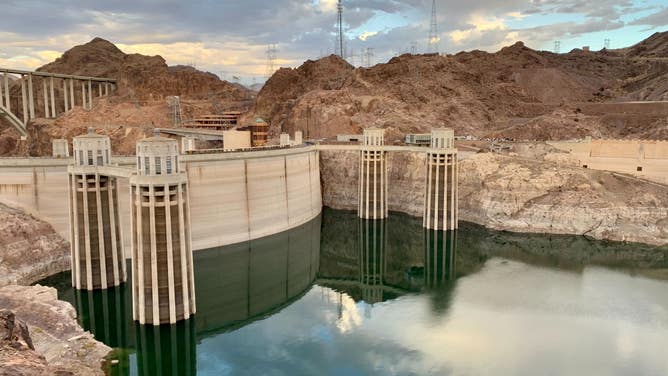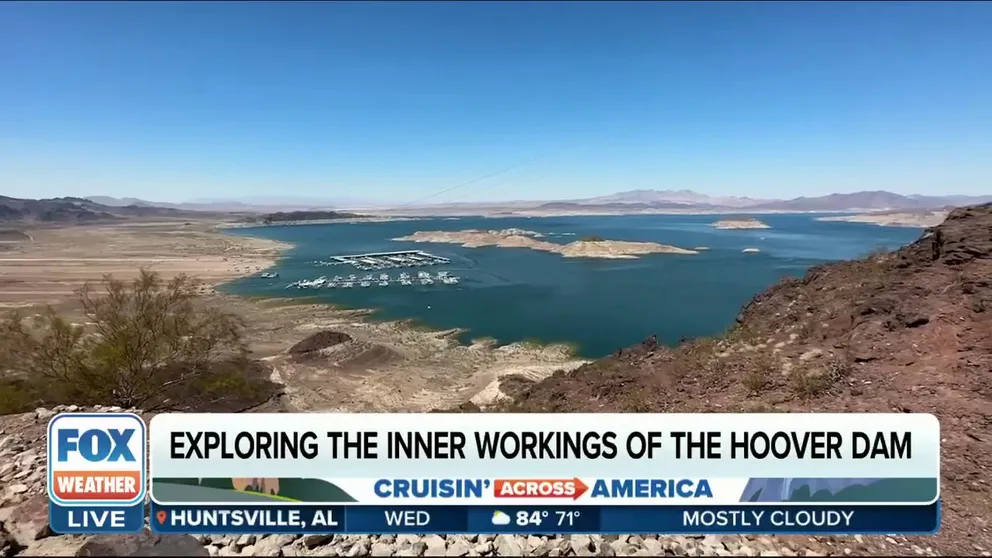Water issues persist at Hoover Dam, Lake Mead after historic snowfall
Lake Mead is the largest reservoir in the country, supplying water to more than 40 million residents and farms across seven states and Mexico.
Record snowfall in the West wasn't enough to alleviate drought impacting Lake Mead
The record snowfall in the West wasn't enough to permanently alter the course of the drought impacting Lake Mead. FOX Weather's Robert Ray reports on the ongoing water issues and the Colorado River.
Despite historic snowfall last winter bringing record snowmelt into Lake Mead, it was not enough to replenish the water level that has dropped 170 feet over the past 20 years.
Multiple rounds of atmospheric river storms dropped historic levels of snow onto many western states, including the Rocky Mountains. Over the spring, the resulting snowmelt from the Rockies fed the Colorado River, along with Lake Mead downriver.
Because of the record snowmelt, the water level at Lake Mead rose by more than 18 feet. However, the gap between the current water level and where it stood at the beginning of the century still holds.

"Bathtub rings" indicate the water level deficit at Lake Mead.
(Robert Ray / FOX Weather)
"We've got two decades of dry drought conditions, low snowpack, low precipitation. That has all affected the flows of the Colorado River," Bronson Mack of the Southern Water Authority said to FOX Weather correspondent Robert Ray.
"One good year like we just had this last winter isn't enough to bring us out of that deficit," he noted.
LONG TERM ‘ISN’T LOOKING GOOD' FOR LAKE MEAD AND LAKE POWERLL, AMERICA'S LARGEST RESERVOIRS
In fact, it will take at least two to three more years of large snowfall and snowmelt from the mountains to bring the water level at Lake Mead back to where it was 20 years ago.

Hoover Dam.
(Robert Ray / FOX Weather)
In addition to not having enough snowmelt replenish the lake, extremely high temperatures over the past few years have caused some of the water to evaporate.
"When you look at the climate science, that outlook isn't real rosy," Mack said. "We are going to have more dry years. We are going to have years of low precipitation."
Created when the Hoover Dam harnessed the Colorado River, Lake Mead is the largest reservoir in the country, supplying water to more than 40 million residents and farms across seven states and Mexico.
